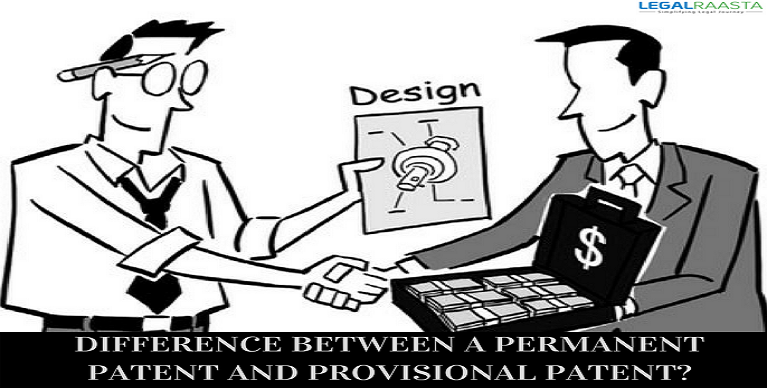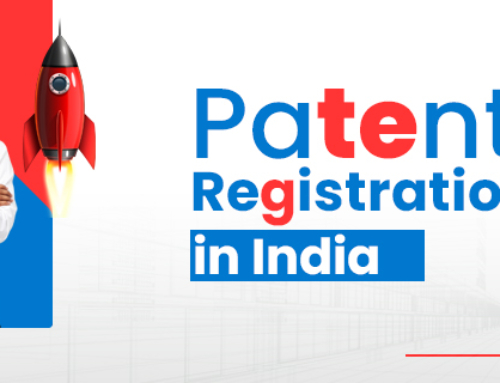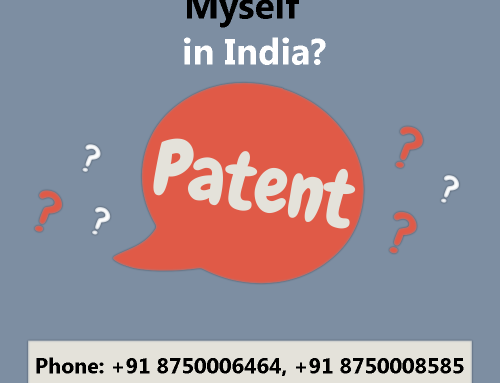By knowing the difference between a permanent patent and provisional patent application the user can learn more about the procedure of filing a patent application, and expected costs of protecting the invention also how to use both provisional and permanent patent applications to protect individual rights in a smart way.
What is a provisional patent?
Contents
A provisional patent application is an interim step on the road to a patent. It is effective as by filing an appropriate provisional patent application a person can market the invention without fear of losing his patent rights, procuring cash to proceed with development and further patent operations.
Here, are the following differences between the filing of provisional and permanent patent application:
- One reason for filing a provisional patent application is a good over permanent as it’s a way to start the patent process is because they are cheaper to prepare for small entities such as individuals, universities, and organizations having 500 or fewer employees. Also, there are no formal requirements for the filing as compared to the filing fees and requirements for a non-provisional patent registration.
- The provisional patent registration is best because are a valuable tool for those who have a limited budget. Not everyone has enough money to secure everything they invent, not even giant tech companies. So, you shall take responsible moves forward to protect rights once you reach the point where you have something patentable at a patent space.
- In most of the provisional patent applications, the 75-25 rule applies. To get to 75% whole it takes 25% of the time and then the final 25% will take 75% of the time. Therefore, the approach to provisional patent registration is to make that the person has all the disclosure required when the non-provisional patent application is required later. Which shall include one or more supplemental documents attachments to a drafted provisional patent application, usually includes filing various drawings, sketches or even photographs.
- It is best to consider filing a provisional patent application, as soon as possible as the person’s invention is concrete and tangible enough for the description then he can make improvements and can file another provisional patent application if he wishes, or just want move to a non-provisional patent application. Moreover, if a person is working on his invention then he must not be filing a non-provisional patent application because he cannot add a new subject matter to a non-provisional patent application. However, he may wrap together any amount of provisional patent applications that has been filed within the last twelve months, when his non-provisional patent application has been filed. Hence, a provisional patent application is absolutely ideal when you have something that could be conserved now but you are continuing to work on maintaining, refining, supplementing and perfecting that invention.
- Another key benefit of filing a provisional patent application is that the Patent Office have no role with the provisional patent application unless and until you file a non-provisional patent application claiming the benefits and exemptions of the priority under the provisional patent application filing date. Which means no additional PTO fees and attorney’s fees is required unless and until you want to step forward. Thus, the person can lay the foundation for getting a patent, and have a ‘patent pending’ and protect funds in the process. However, a carelessly prepared provisional patent application is a complete waste of time and money.
Although, provisional and non-provisional patents are two very different tools but when used together, they are a great method to procure the most of your invention and obtain the most valuable patent as possible. If a person is electing to file a provisional patent application, then he needs to understand about a provisional application that it remains pending at the patent Office for only 12 months from the date of filing. So, an applicant who files a provisional patent application must file a corresponding non-provisional application also for a patent like “regular patent application” during the twelve-month patent pendency period of the provisional application in order to get advantage from the earlier provisional application filed.






